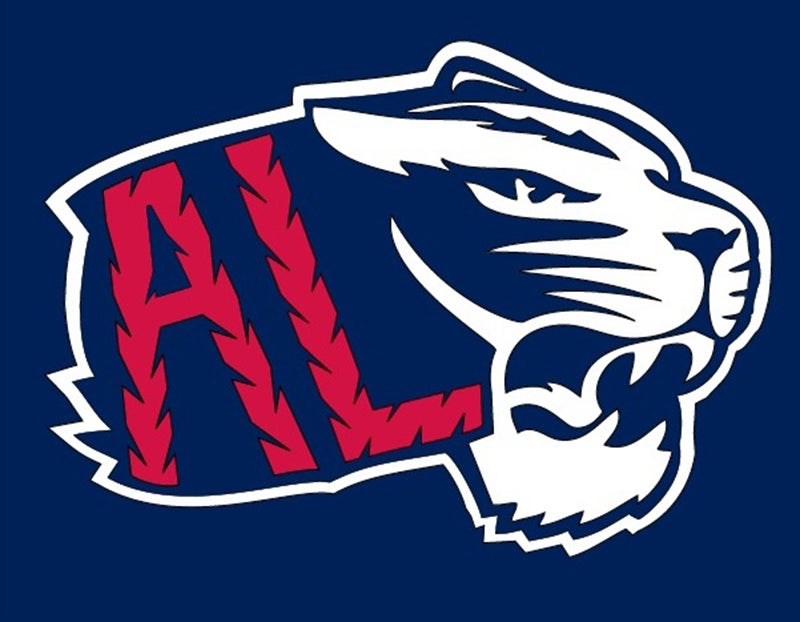Dick Herfindahl: Seasonal prediction by a chubby little rodent
Published 6:56 pm Friday, February 7, 2020
Woods & Water by Dick Herfindahl
I no longer have to wonder how long we will have to go without sunshine because as I sat down to write my column the sun made its appearance. I don’t know how long the sunshine will last, but I will savor the moment. Winter, for me, usually seems to start dragging by after the new year has made its appearance and moved on. Overall, we have had a pretty mild winter and for that I am truly thankful. I have and will continue to whine when we get snow for many days in a row. It has not been enough snow to make the back ache, just enough to need shoveling. I have to thank my family for taking care of the heavy shoveling for me.
This is the time of year I always long to be at the cabin relaxing and enjoying nature. I talked to a person the other day who has a cabin on another lake near our cabin. She told me that she and her family had just recently been up to their cabin and there was three foot of snow on the ground. This put a little damper on my dream of visiting the cabin any time soon.
The road going to our cabin does not get plowed in the winter, so the more snow we get, the longer it is until it is accessible. It is about 3/4 of a mile from the highway to our cabin so at my age, my days of any winter adventure that involves walking in 3 feet of snow are pretty much over. I guess I will just have to wait it out and hope that my wish for an early spring comes true.
According to that chubby little rodent that predicts the coming of spring, we are going to have an early one. “Fat Phil” is surely not a meteorologist, but a figurehead that is meant to carry on the legend of spring. In all reality, I have to wonder if this rodent couldn’t do a better job forecasting the weather than some folks.
I know I will have to pacify my urge to head north with outdoor shows and reading material. Probably the best magazine that I get is the Minnesota Conservation Volunteer, which is published every-other-month. This magazine has all things Minnesota and if you love the outdoors, you will always learn something about the Minnesota outdoors in each publication.
It was about three years ago I was just getting over my withdrawal from the disappearance of fall and settling into my winter mode when I had a thought, more of a question I guess. That question was – what is the difference between crows and ravens? When my 2016 January-February edition of MCV arrived in the mail, there on the cover was a picture of two ravens and inside was an article explaining the difference between the two. American crows and common ravens are members of the Corvidae family. In Minnesota that also includes the blue jay, the gray jay and the black-billed magpie. Both the crow (Corvus brachyrhynchos) and the raven (Corvus corax) are robust birds with black feathers, sturdy legs and large bills. Yet each species also has distinctive physical differences. The common raven is larger, at least twice the weight of the crow. Most birders rely on two diagnostic keys to separate these birds in the field. First, the crow usually heralds its presence with a sharp, high-pitched caaw, while the raven’s call is a hoarse, deep krronk or qurock. The next clue is the shape of the tail in flight.
Crows can be found year-round throughout most of the state. Common city dwellers, crows show up in parks, woodlots, and other open landscapes. Creatures of wilderness, ravens reside in the state’s forested northern half. Driving north of the Twin Cities on Interstate 35, you usually don’t count on seeing ravens until you reach Pine County. Roadsides along Highway 61 from Duluth to Grand Marais often offer clear views of both species scavenging roadkill. If you are fortunate enough to see them side by side, you will have no trouble identifying each species, though males and females are difficult to tell apart.
In literature, and in some native cultures, crows and ravens are often seen as symbols of death, or the dark side, and are feared. Among many northwest American Indian tribes, including the Tlingit, Haida and Kwakiutl, the raven is not berated or feared, but revered. He is the bringer of light. Yes, he is usually “the trickster” and playful, but in Northwest tribe creation stories the raven brings light to humans living in a darkened world. Harbinger of death or bringer of light? I’ll go with the latter.
You can go on the DNR website and look up issues of the MCV or go on the website and sign up for the magazine which requires a donation to the magazine. I have to say that, in my world, it is very much worth it.
Until next time, I encourage everyone to keep area police officer Arik Matson, who was shot and critically injured, in your thoughts and prayers. It sounds like he is making good progress in his recovery, but still has a long road to recovery ahead of him.
Please take a few moments to also honor those who have sacrificed so much for the freedoms we enjoy today. Also, take a little extra time to remember those who made the ultimate sacrifice, those who have served and those troops serving today.





